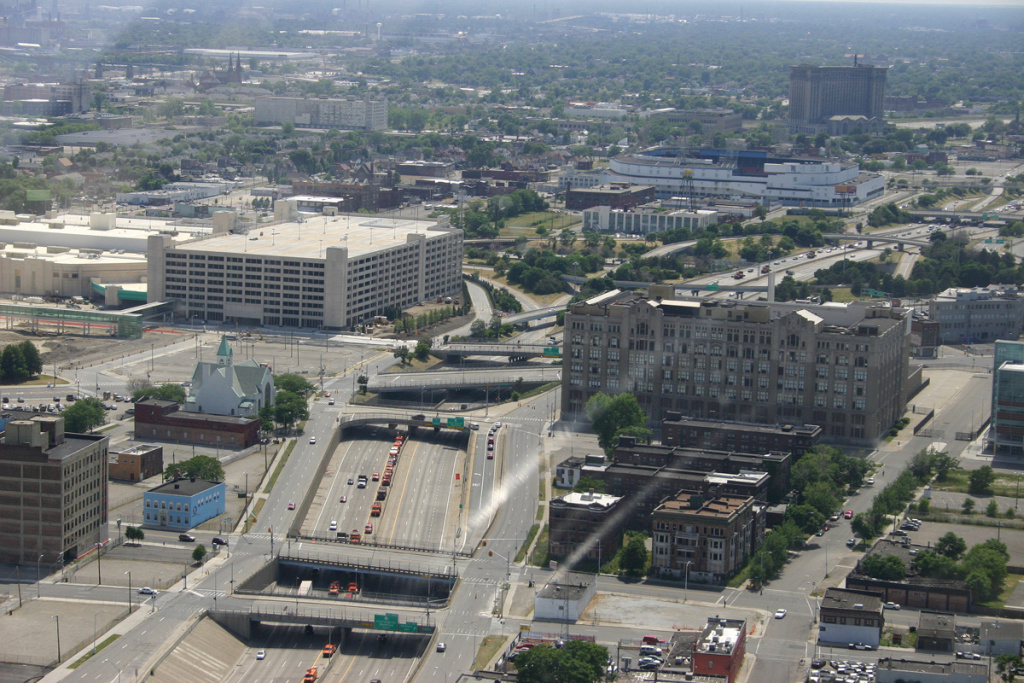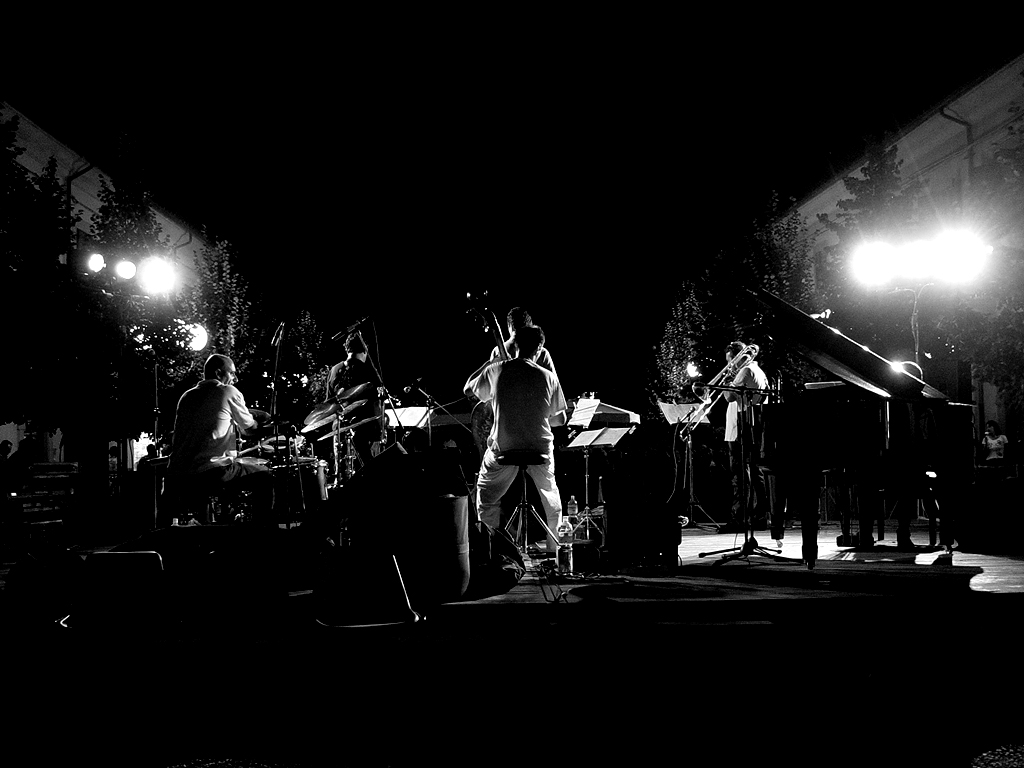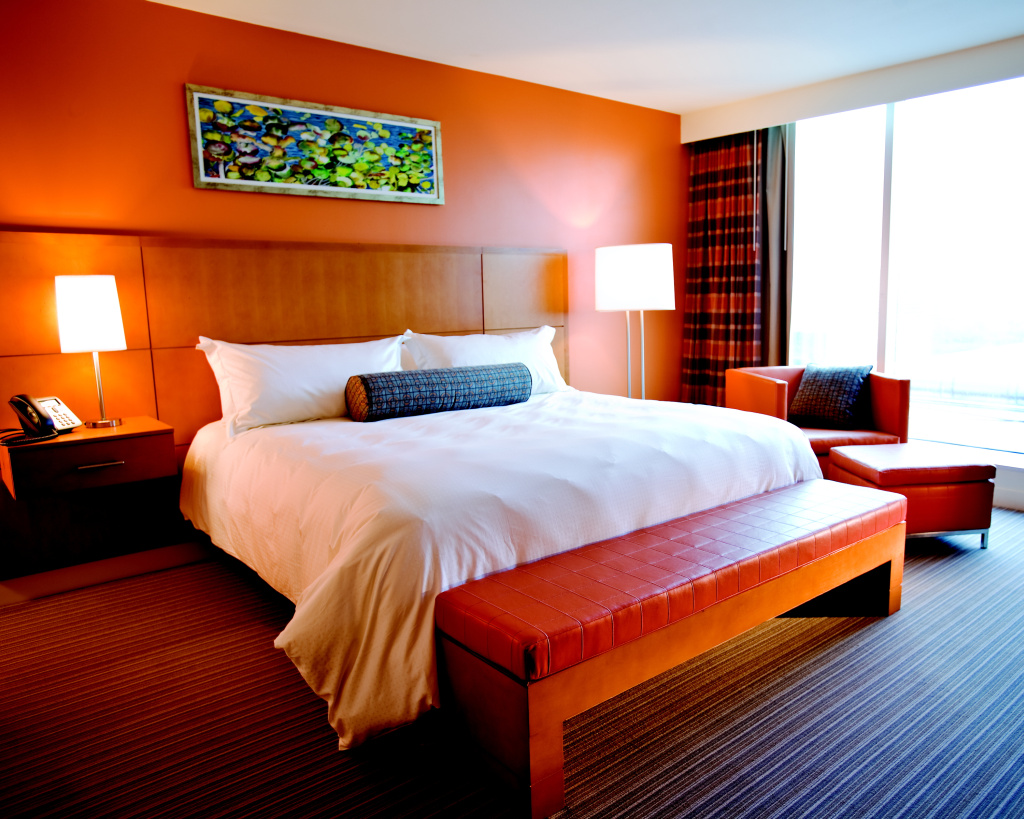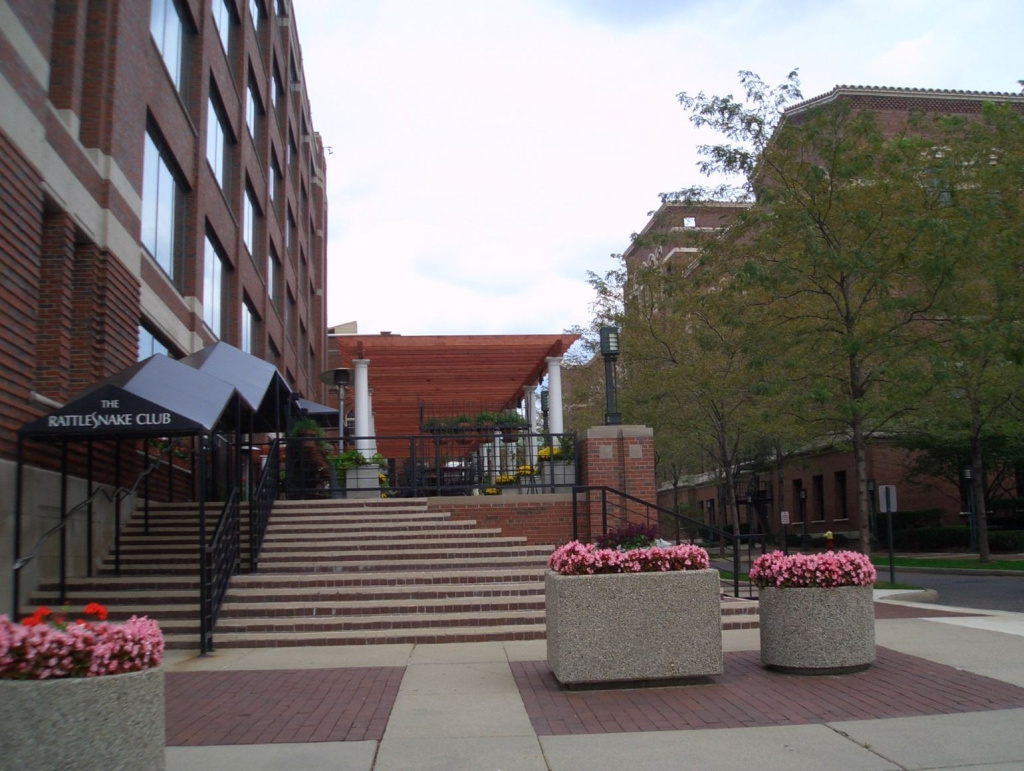By Car
With its vast area, Detroit definitely requires a car to get around. Detroit has plenty of taxis, shuttle services, and even limousines for those who prefer a more luxurious means to get around. Car rental services are reasonably priced so there’s no reason to be indecisive on whether or not you should rent a car. Detroit also offers one of the most modernized highway systems in the U.S. The city provides broad main roads and ample parking area making Detroit one of the most auto-friendly in the North American region. Visiting tourists in Detroit can park in strategic locations in the city’s downtown area. A 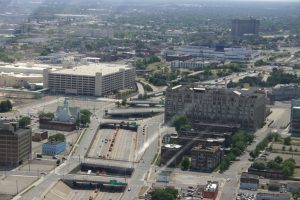 good example of this ample parking provision in downtown Detroit is in Greektown Casino, which offers a 13-level parking garage at no charge. The city also supplies numerous pay parking lots, garages and valet near the Greektown and stadium areas, some even at premium locations next to the stadium at an extra charge that is well worth it especially during a game. Visitors can also park at the Renaissance Center parking lots with valet parking offered in its four locations namely, the Jefferson Avenue lobby, Seldom Blues west entrance, the main Winter Garden entrance along the Riverfront, and Marriott hotel west entrance.
good example of this ample parking provision in downtown Detroit is in Greektown Casino, which offers a 13-level parking garage at no charge. The city also supplies numerous pay parking lots, garages and valet near the Greektown and stadium areas, some even at premium locations next to the stadium at an extra charge that is well worth it especially during a game. Visitors can also park at the Renaissance Center parking lots with valet parking offered in its four locations namely, the Jefferson Avenue lobby, Seldom Blues west entrance, the main Winter Garden entrance along the Riverfront, and Marriott hotel west entrance.
By Bus
The city provides mass transit bus service within its vicinity through the Detroit Department of Transportation (DDOT). DDOT buses are distinguished in green and yellow colors, which for safety reasons, may be patrolled by deputies of the Wayne County sheriff. The central bus terminal which is located at Shelby and Griswold streets are served in 17 routes with standard fare of $1.50 and transfer of $0.25. Downtown Detroit now offers the newly put up Rosa Parks Transit Center.
By Elevated Rail
The best way to get around downtown Detroit is through the so-called People Mover, a fully-automated and elevated rail network completed in 1987 that runs a three-mile radius in the downtown region. A round trip excursion around downtown Detroit’s landmarks can be availed through the People Mover which takes only about 20 minutes to cover its 13 stations. Standard passenger fee is $0.25.
By Bicycle or On Foot
Biking or strolling is also a good way to get around Detroit as the city has numerous one-way streets ideal for walking tours. Bicycle rentals can be availed along the International Riverfront at Rivard Plaza in downtown Detroit.
